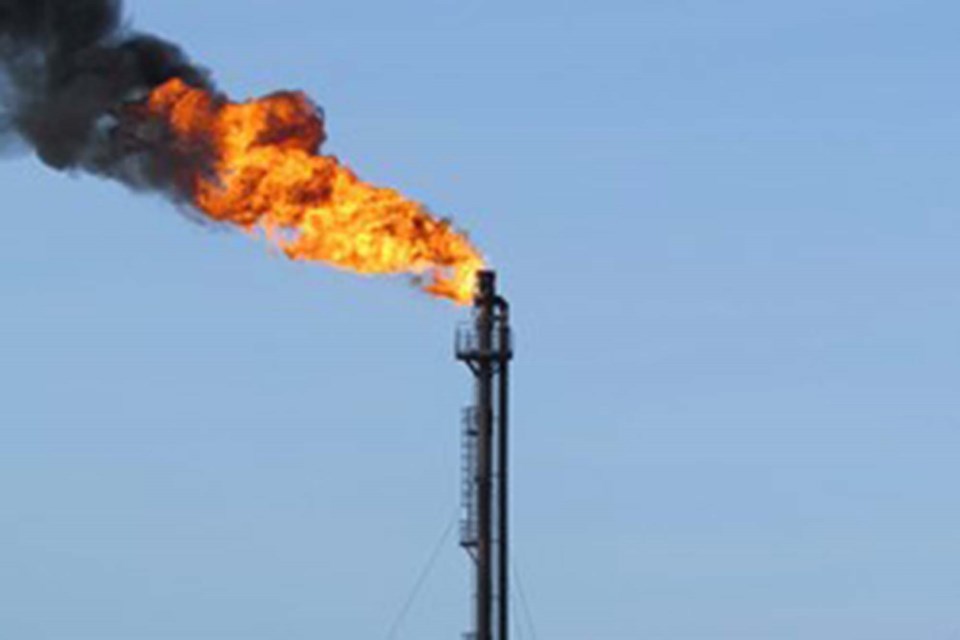Great West Media has received federal government funding through the Local Journalism Initiative to support a reporter to cover climate in Alberta.
Jen Henderson will feature in-depth reporting on where Alberta is at with actions to reduce carbon emissions and generation of less carbon-intensive energy, along with climate issues across the province as they intersect with industry, business, the environment, the economy, communities, and lifestyles.
Please email [email protected] with story ideas.
As Alberta attempts to position itself as a hydrogen energy exporter, one of the keys to ensuring the process is green is to rely on capturing the carbon emitted from the process.
Alberta is planning to capture the emissions that come from creating hydrogen through a system called carbon capture, utilization, and storage (CCUS).
Amit Kumar, professor at the University of Alberta and Alberta Innovates Associate industrial research chair in energy and environmental systems engineering, said the province has a lot of natural potential for CCUS.
“We have infrastructure already in place,” Kumar said, adding that Alberta's geology makes it easy to store carbon underground.
The Alberta Carbon Trunk Line can sequester up to 14.5 million tonnes of C02 per year, Kumar said.
“In the province there is an opportunity for us to become a leader.”
CCUS works by capturing the carbon emitted through industrial process, such as making hydrogen, and pumps it underground for storage, instead of it being emitted into the atmosphere. The hydrogen created through this process is known as blue hydrogen.
The process will help bring down emissions from the oil and gas sector drastically, Kumar said. In some processes, anywhere from 52 per cent all the way to 85 to 90 per cent of emissions can be captured, Kumar said, and with more advanced technology up to 95 per cent of C02 emitted can be captured.
Right now, there are two large-scale CCUS projects in the province to reduce industrial emissions, including the Quest project, which began operations in northwest Edmonton in 2015 and captured more than five megatons of C02 by the end of 2020.
The carbon captured is transported 65 kilometres north by pipeline and injected into a two-kilometre-deep underground geological reservoir for permanent storage.
The Alberta Carbon Trunk Line started operating in 2020 and currently transports around 1.6 megatons of captured carbon dioxide every year through a 240-kilometre pipeline from the North West Redwater Partnership Surgeon Refinery to central Alberta for permanent storage.
While there is little CCUS currently happening in Alberta, earlier this year the provincial government selected six projects in Alberta’s Industrial Heartland to move forward with carbon capture.
Alberta Energy Minister Sonya Savage said at the time of the announcements the province is trying to ensure carbon capture is deployed responsibly and strategically over the long term, adding CCUS is probably her biggest priority.
While CCUS is hailed as a way to reduce emissions, it comes at a cost.
Kumar said it costs about $16 per tonne of C02 to capture it. At the plant, the carbon must be separated from other gasses that are emitted, transported, and then pumped underground.
But Kumar said despite the cost, one of the key drivers for the process is greenhouse-gas mitigation, adding there will be a cost associated with any mitigation.
In the federal budget the Liberals released a tax credit to help bring down the cost of building CCUS facilities across the country, earmarking $2.6 billion over five years toward a credit for companies which use technology to trap greenhouse-gas emissions and store them underground to prevent them from being released into the atmosphere.
The cost for these projects can range in the hundreds of millions of dollars and can take years to build and get off the ground. The first two big CCUS projects were funded through the federal and provincial governments.
In 2015, the Quest Carbon Capture and Storage facility was built by Shell near Edmonton, which stores carbon safely two kilometres underground and to date has captured and stored more than six million tonnes of C02.
Starting in 2022, companies can claim a tax credit for up to 60 per cent of direct-air capture projects and 50 per cent of all other carbon-capture projects.
Another 37.5-per-cent tax credit is available for companies that want to invest in equipment for carbon transportation, storage, and use.
As time goes on, the tax credit will decrease, and hit 50 per cent in 2031, to encourage companies to build the facilities earlier, rather than wait to get started.
The tax incentive is a big investment from the federal government to help reach its 2030 and 2050 climate goals.
The carbon-capture program will cost $2.6 billion in its first five years, and then reach $8.6 billion by 2030.



